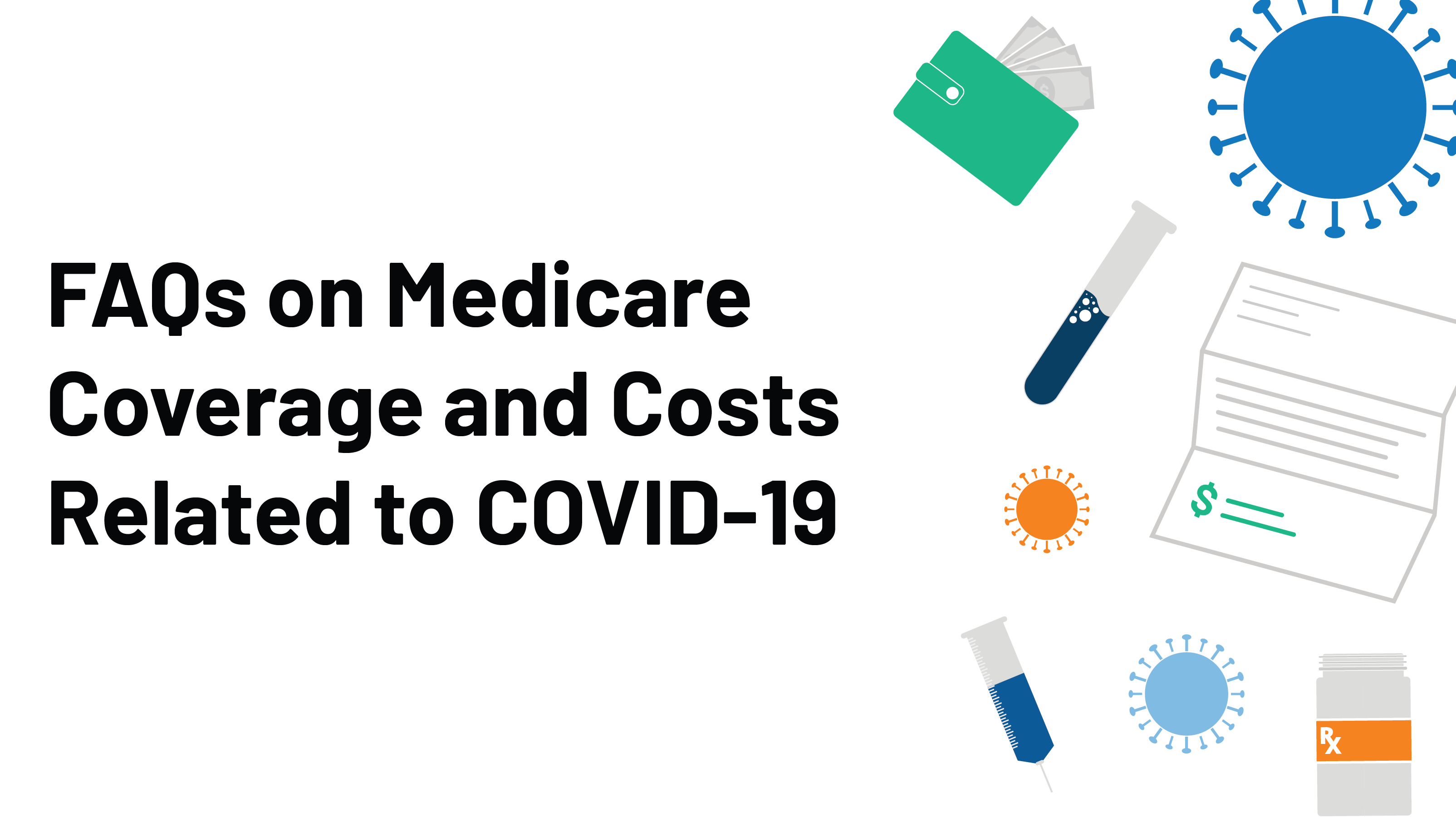Radioembolization Y-90 is a minimally invasive procedure that combines embolization and radiation therapy to treat liver cancer. OS from LT was 125 years with a median time to LT of 75 months interquartile range 44103.
 Pdf Y90 Radioembolization In Chemo Refractory Metastastic Liver Dominant Colorectal Cancer Patients Outcome Assessment Applying A Predictive Scoring System
Pdf Y90 Radioembolization In Chemo Refractory Metastastic Liver Dominant Colorectal Cancer Patients Outcome Assessment Applying A Predictive Scoring System
Ive asked a lot of colleagues at other institutions and everybody has different numbers.
Liver failure after y90. As hepatic tumors are mostly supplied by the arterial system the delivery of Y90-coated microspheres into the liver arteries has a localized brachytherapy effect while aiming to spare normal liver parenchyma which is supplied by the portal venous system. A total of 169 patients were bridged whereas 38 were downstaged to LT. Advertising on our site helps support our mission.
A sharp pain in his side woke him from a sound sleep one night. Radioembolization with 90Y-microspheres to the whole liver or lobe with single or multiple fractions are safe and produce high response rates even with extensive tumor replacement of normal liver andor heavy pretreatment. Cleveland Clinic is a non-profit academic medical center.
My husband had the Y90 to the right side of his liver after he could no longer get any further treatments because his count was too low. In the morning the 61-year-old Hudson Wisconsin resident visited his doctor and underwent a. We do not endorse non-Cleveland Clinic products or services Policy.
Gandhi said during the presentation. Damage to your liver builds up over stages affecting your livers ability to function. During the 15year period 207 patients underwent LT after Y90.
Now new results from a large multi-institutional study show that treating liver tumors with higher doses of Y-90 than previously tried is safe provides results when chemotherapies have failed. We therefore tried to find more useful liver failure biomarkers after liver resection that are highly sensitive to internal and external challenges in the biological system with a focus on liver. Theraspheres BTG London UK which produce glass-coated.
I can tell you in our own. Available as an outpatient procedure at South Nassau Y-90 expands the number of treatment options for patients with liver cancer offering the best response rate and is considered the Standard of Care for treatment of inoperable liver cancer. There is definitely no definite data out there or even papers on how long you should hold the gemcitabine prior to and after Y90 Dr.
The acute and delayed. He then some how fell through the cracks and was suppose to have the other side done in four or five weeks. End-stage Liver Disease Symptoms Before Death.
Patients with primary hepatocellular cancers who receive Y90 liver embolization therapy can see life expectancy stretch from 7 to 8 months to 2 to 3 years. Patient thankful Y90 treatment slows liver cancer. In several cases the reason for acute liver failure remains unidentified.
Mark Turnbull dismissed the discomfort and figured it would go away by morning but the pain only intensified as the evening went on. Based on this definition PHLF was stratified into three grades of severity. His first was 2-7-2011 then this past week he had a CT scan and found that the tumor had gotten larger - which they dont know if the spheres inflammed the.
The median survival is 70 months. In patients receiving gemcitabine Y90 can lead to radioembolization-induced liver disease. Hepatitis A B and E another reason for the cause of acute liver failure with more than 50 death in the developing countries.
The consensus had defined PHLF as A post-operatively acquired deterioration in the ability of the liver in patients with normal and abnormal liver function to maintain its synthetic excretory and detoxifying function characterised by increase in the INR and hyperbilirubinemia on or after post-operative day 5. There are two commercially available forms of Y90 microspheres. Liver failure can be either acute comes on quickly or chronic occurs gradually over time.
In the initial stage of liver cirrhosis because of portal hypertension the liver. Drug-induced acute liver failure is more than 50 in the US.




